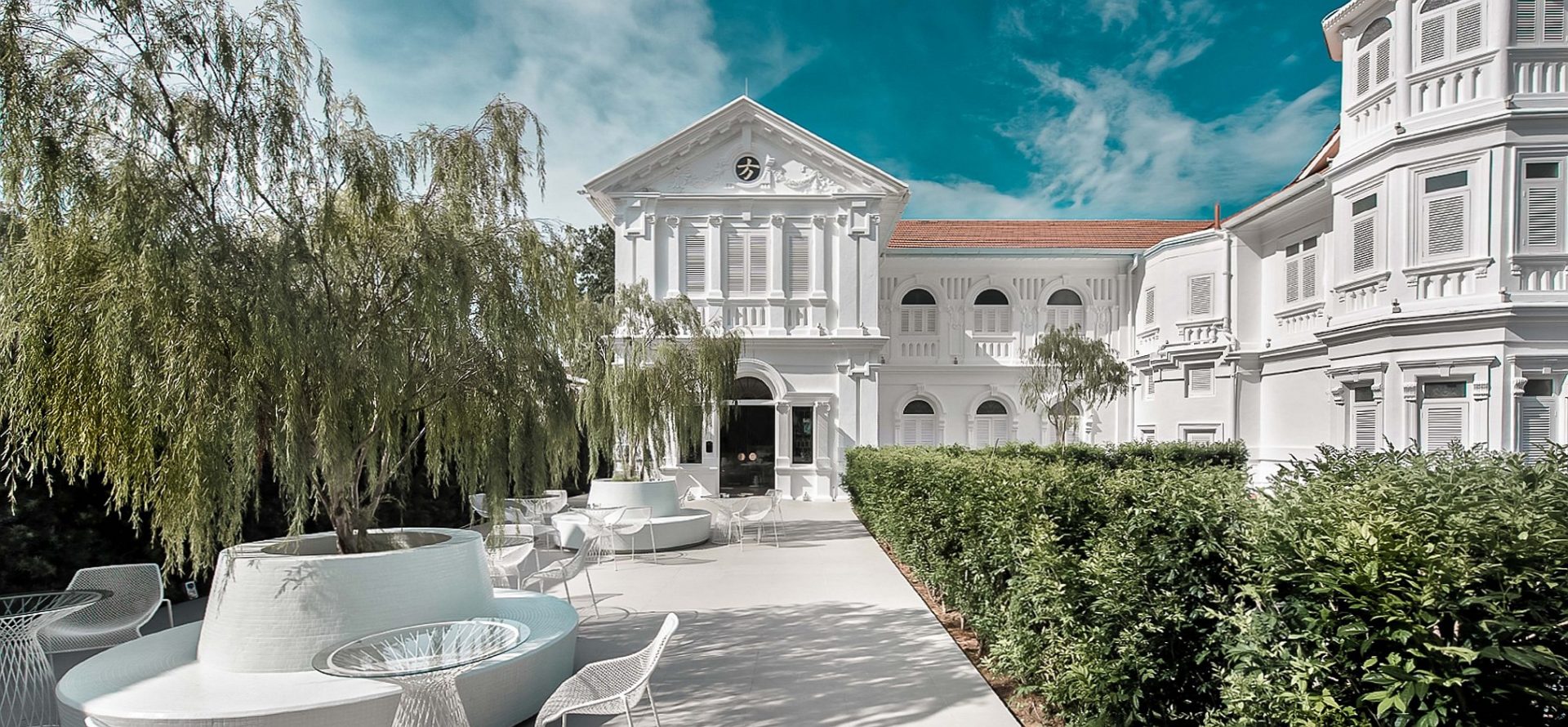From a charismatic vision that combines Feng Shui and Western plans to a hotel that has seen five distinct periods of Penang history to the charm of an afternoon tea in Malaysia’s only surviving Georgian mansion… keep a keen eye trained on the details and step back in time with a visit to Penang’s enduring heritage mansions.
Penang has weathered many phases of history, and as a result features today a hearty blend of fascinating ancestry and contemporary civilisation. Placed with their own stories to tell are mansions which, through their architecture and design, pay subtle tribute to the island’s colonial past and multicultural heritage. Here are a few of the island’s can’t-miss restored mansions.
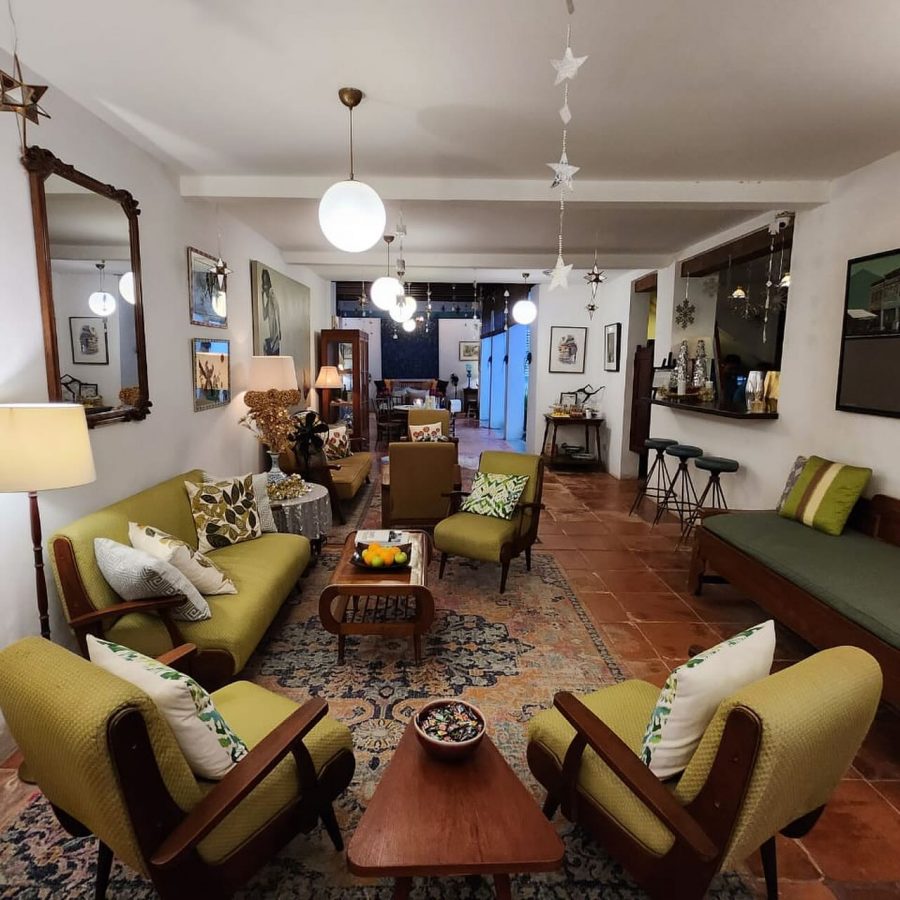
MACALISTER MANSION
From the looks of the façade, this restored old mansion appears to be straight out of a magazine. Beyond the first impression of the white-washed walls and Victorian window shutters lies a structure originally built in the early 1900s, named after Sir Norman Macalister, a former British Governor of Penang. The lavish design of the rooms blends the use of exclusive marbles like Ice Emerald, Rossa Francia, and Spider Red, with beautiful mosaic tiles, while wooden furniture and a subtle palette of soft whites and greys add more personality. Meanwhile, the trellises, spiral stairs, and even a cannon give visitors an illusion of being in a time warp. Throw the odds in your favour for picking a winning wine in The Cellar, their in-house bar known for having the largest collection of wines in Penang, luring aficionados to pair cheese platters while they swirl and sip.
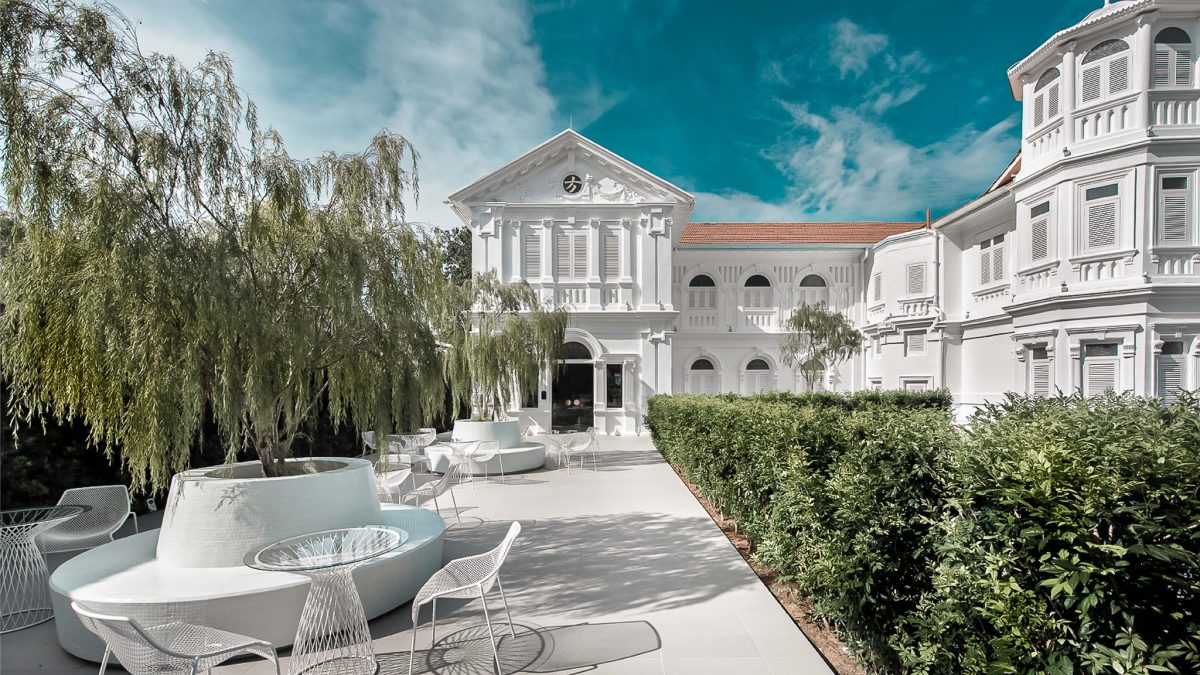
THE EDISON
Leith Street was not only one of the oldest streets on the island, but also among the wealthiest, as Hakka tycoons made their home here in the 1890s. The glitzy street lost its lustre by the middle of the 20th century, but that wasn’t to be the end of its story. Today, The Edison Hotel proudly holds the mantle for luxury and beauty following its restoration in 2014. (It’s hard to imagine that it was once an administrative hub for the Japanese during World War II.) The 19th-century mansion still has many of its original structures – shuttered windows, grand staircases, an open-air courtyard, marble-clad floors, and Peranakan tiles. For all its yesteryear charms, however, the hotel doesn’t skimp on contemporary artistic flair, with a dragon-themed water fountain, modern Scandi design, shady cabanas, and a pool that lures for stargazing with cocktail in hand. Distinctive colours like panels of porcelain blue and rich jade punctuate the character of the space. At The Lounge, a contemporary breakfast spot and communal lounge, you’ll find Malaysian childhood snacks like lemon tablets, hawflakes, and roti kapai that echo the theme of successfully modernising while still preserving.
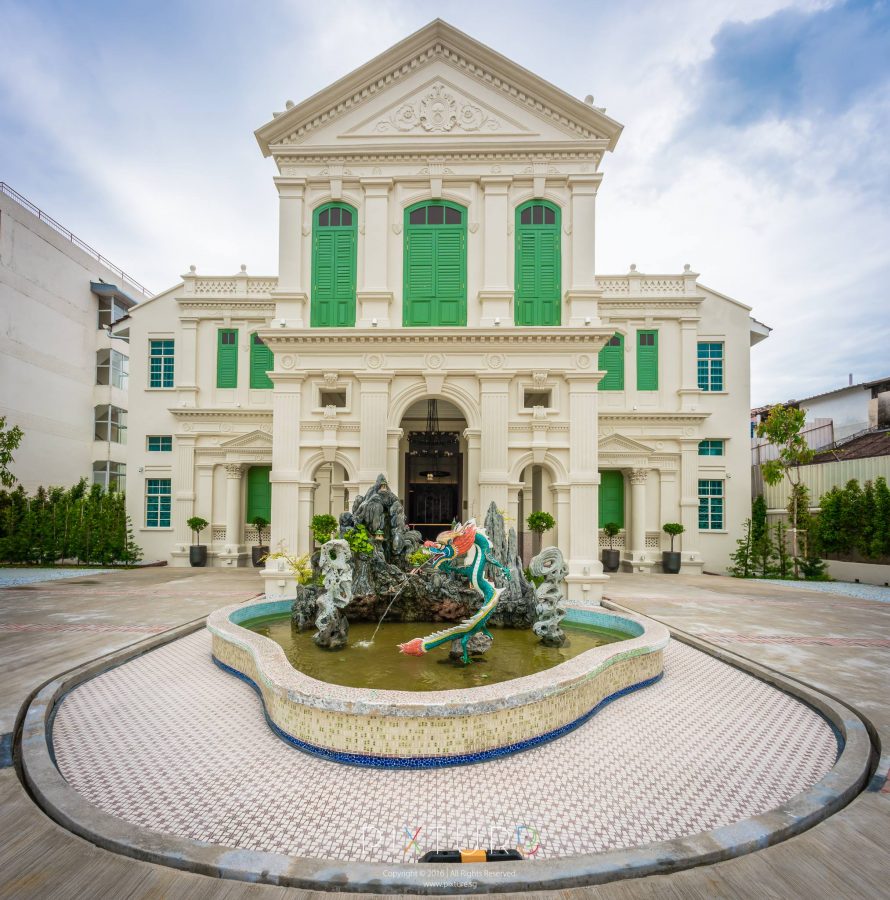
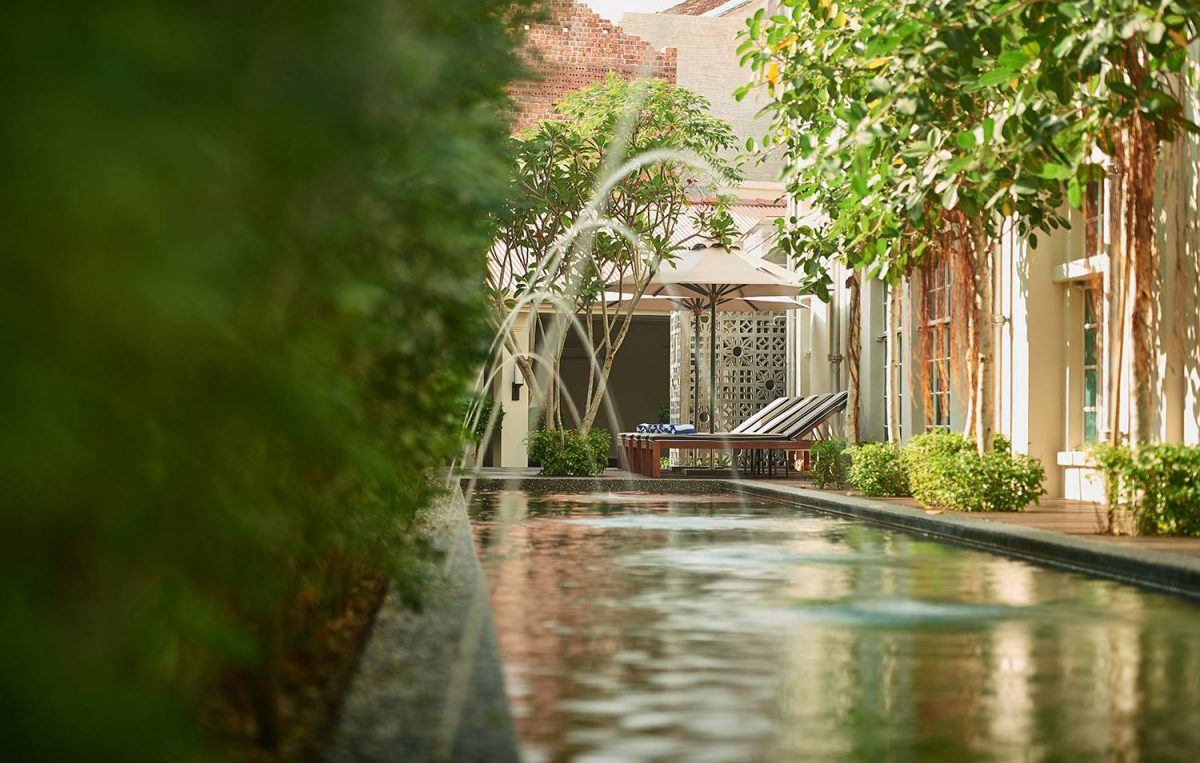
EAST INDIES MANSION
Stepping foot into this historic Straits Chinese home feels like entering a peaceful oasis. The serene courtyards are undoubtedly its defining features, fringed by potted flowers and wooden chairs that seem to embrace a slow-paced life. Known as the “hearts of the mansion,” you will also find traditional statues and ancient trees. Similarly, the rooms are tastefully put together with antique furnishings, period photographs, and preserved original walls. The lighting is mellow, the artifacts speak volumes about their history, and the terracotta tiles give an earthy touch to the space. Get a closer look at hand-hewn kitchen utensils, ceramics, and school desks. Sited at the heart of George Town, walk the length of China Street to discover Little India.
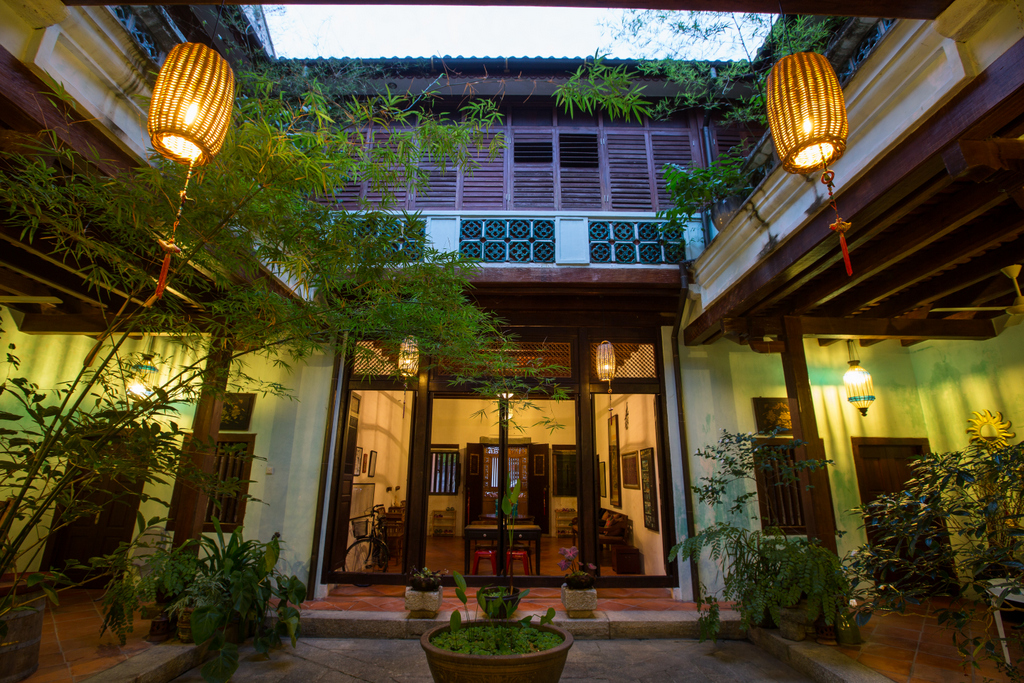
YENG KENG HOTEL
Chulia Street’s neighbourhood often keeps hopping well past midnight with energy with its mixture of cafes and street food. As you drive down the road, Yeng Keng Hotel catches your attention with a rather tranquil tempo. This building was an Anglo-Indian bungalow in the 1800s; these days, it’s been meticulously restored and upgraded with 19 rooms and suites. The Chinese Wu-Dian-roofed entrance, hanging lights, and Chinese characters give the feel of entering a different era. The patio is huge, flanked by well-landscaped botany. On the inside, bright red and yellow colours, gilded frames, floral motifs on walls, and hardwood floors score high on the aesthetic scale. Plants of various shapes and sizes inject a breath of fresh air, allowing the open spaces to blend seamlessly around the property. The hotel’s ability to remain as an oasis of solitude amid such a happening area makes it an ideal spot for those seeking the best of both worlds.
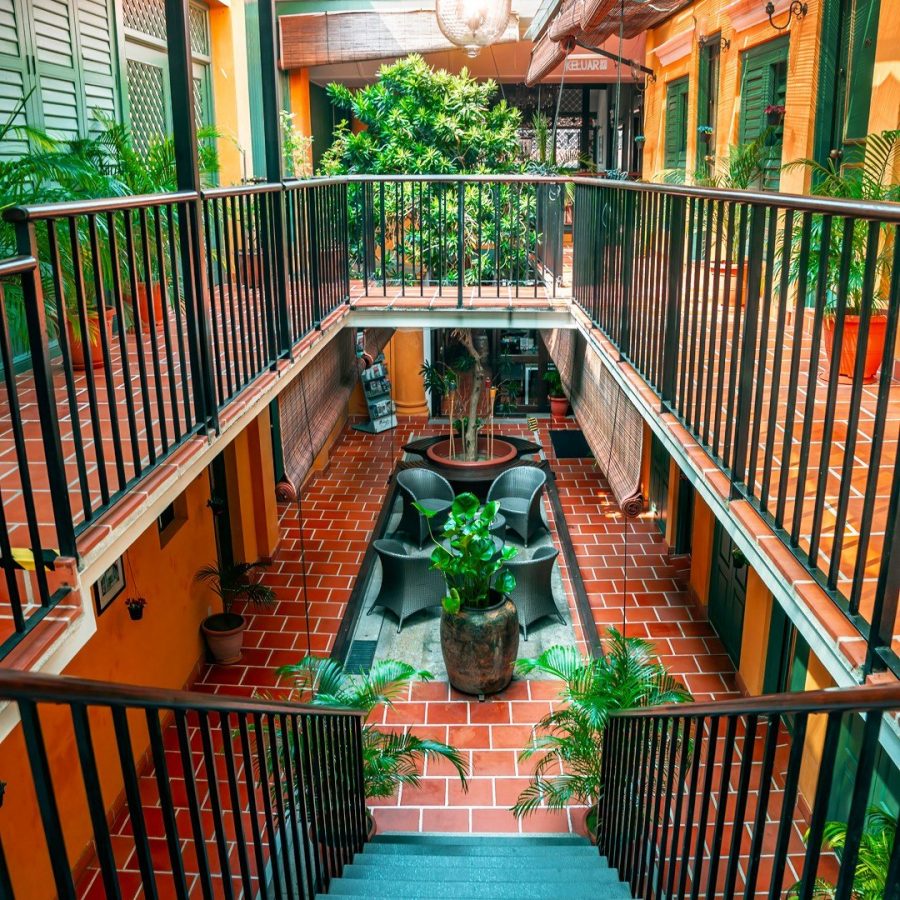
23 LOVE LANE
Tucked behind a high wall along Love Lane, this boutique hotel manages to speak to five different architectural periods. The white-washed façade, lush greenery, and timeworn collections are just part of a handful of things which make this place unfairly underrated. Historians could easily identify the architectural influences that define the property, particularly in the design of its rooms – indeed, no two rooms are the same. Unique artworks and collectibles often demand your camera’s attention, and the mixture of Asian and colonial furniture aids in comfort. The vibrant colours give a refreshing spark to an otherwise vintage space. Take a break and unshackle from your smartphone while relaxing in the small library lounge on the second level or the nicely manicured garden courtyard. Adding to the ambiance of the space, the transition from day to night is accompanied by soft lights and a soothing breeze.
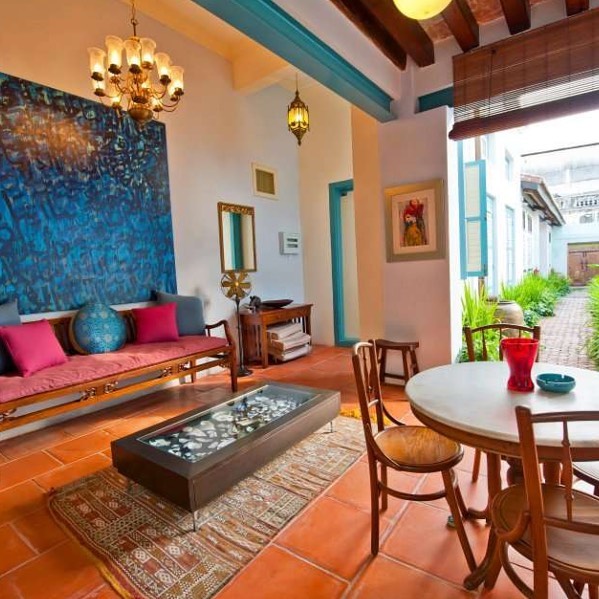
CAMPBELL HOUSE
While accommodations are a fine way to repurpose an old mansion, it’s also something special to dine in an exquisite and nicely restored space. Campbell House, a three-story Straits Chinese building, is a hotel that also houses a prominent Italian restaurant, Il Bacaro. This establishment was initially a budget hotel for pilgrims waiting for vessels to Mecca and for Hainanese sailors boarding working ships. These influences are traceable with the Indo-Chinese furnishings and vintage decorations. Moving into the restaurant, though, the authentic Italian menu reminds one of the backstreet taverns of Venice. Pizzas and pastas will always delight, but consider skipping the usuals for the Venetian Cicchetti – small plates of food paired with glasses of wine. Lace your palate with varied flavours while checking out all the little details that whisper tales of the past.
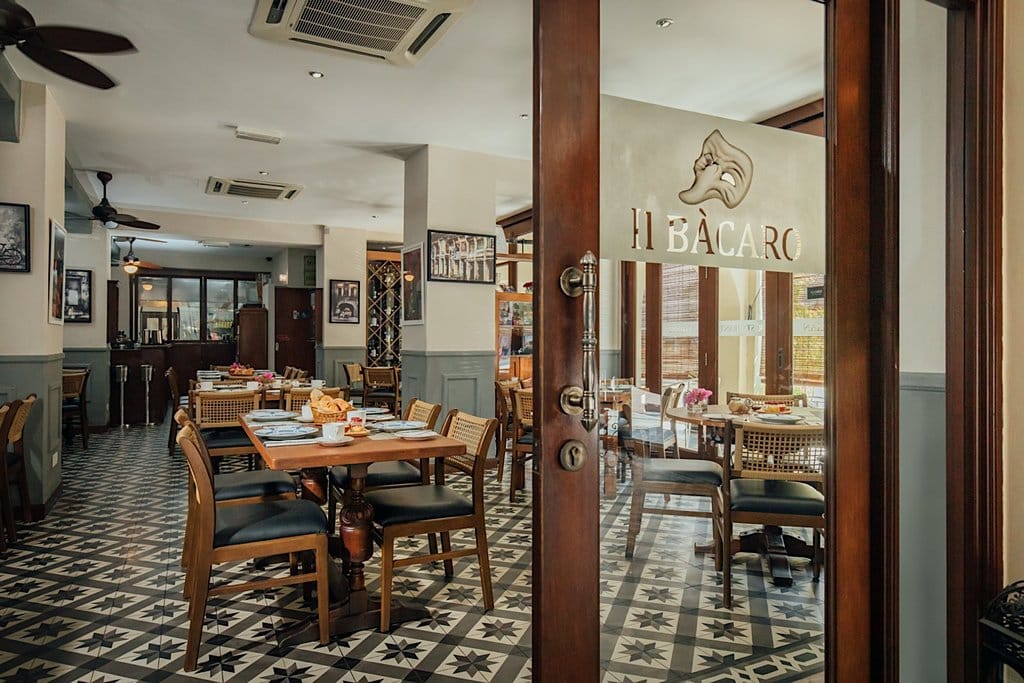
32 MANSION
For diners who find their way here, the reward is twofold: there is a beachside bar and a classy restaurant all under this Italianate Villa. 32 Mansion was built for a local tin magnate’s son who had visited and fallen in love with Italy. Every aspect of the mansion spells grandeur, from the hallways to the chandeliers and the full-length colonial shutter windows. And the feast for the eyes continues as a feast for the palate, too! For lunch, nip into Beach Blanket Babylon, an al-fresco café overlooking the sea, and enjoy the beer-battered fish and chips. Dress up for dinner as it is a classier affair with menu choices such as like crab laksa lemak, duck confit with roasted pumpkin, and Black Angus ribeye. With the piano being played in the background, diners will create lasting memories at this mansion.
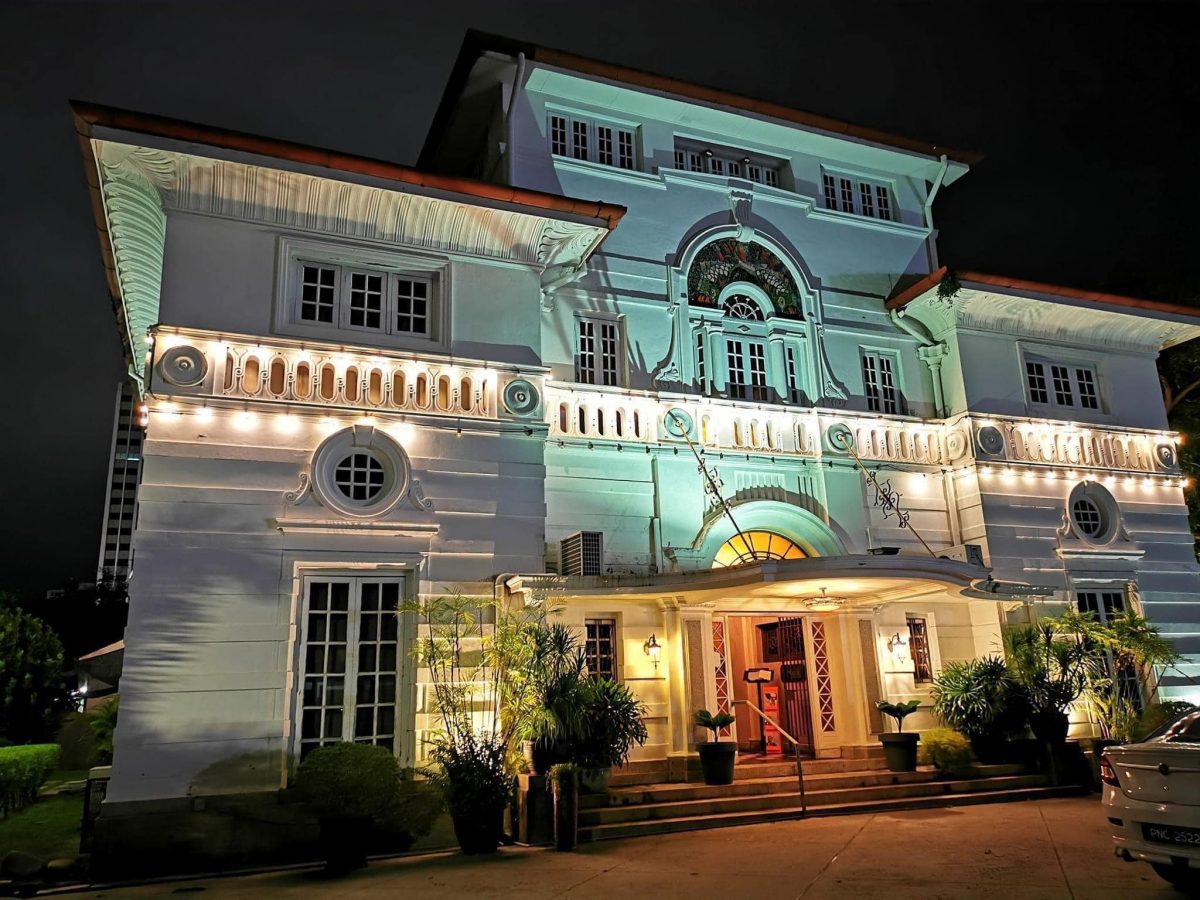
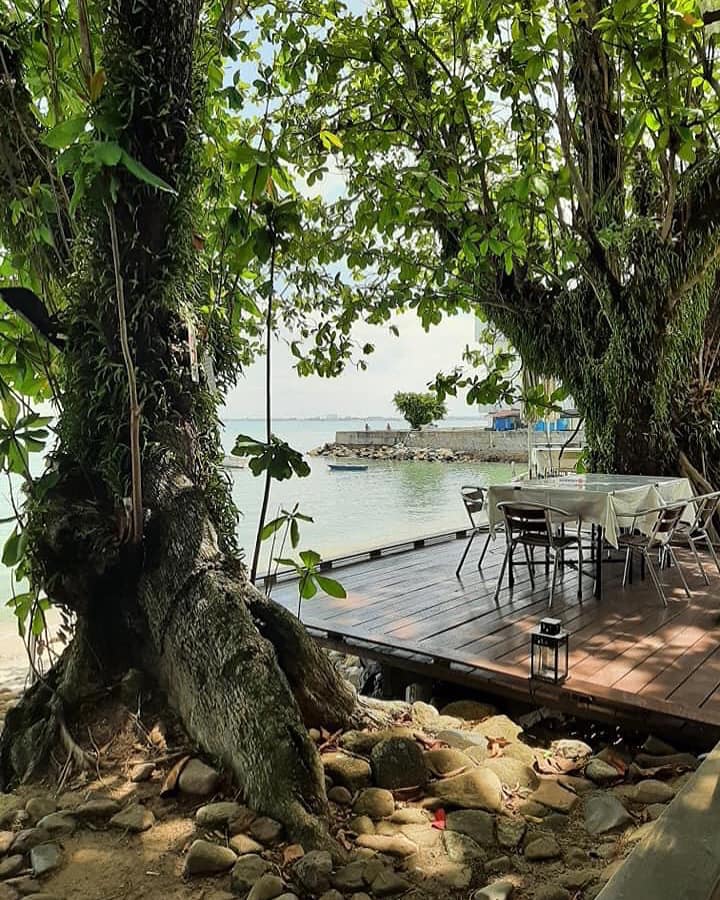
SUFFOLK HOUSE
When one thinks of authentic British meals, afternoon tea doubtlessly springs to mind. There is no better place to experience it than Suffolk House. Touted as the first ‘Great House’ of Penang, it is located on the Suffolk Estate, which was originally owned by Francis Light until he died in 1794. The house was initially a modest timber and attap structure, with these earlier construction techniques believed to have mirrored those found in the garden houses of Madras, India. Suffolk House is unique, however. As Malaysia’s only surviving Georgian Mansion, the current design is a narrative of historical Penang. The high ceilings, extravagant chandeliers, and velvet drapes add to the uplifting atmosphere, while the spacious lawns invite a relaxed stroll to work up an appetite for the aforementioned afternoon tea. A three-tiered tray arrives with a mix of savoury and sweet treats, with the freshly baked apricot scones being a stand-out. These dainty bites come with homemade jams, butter, and cream, ready to be enjoyed with your choice of Ronnefeldt tea.
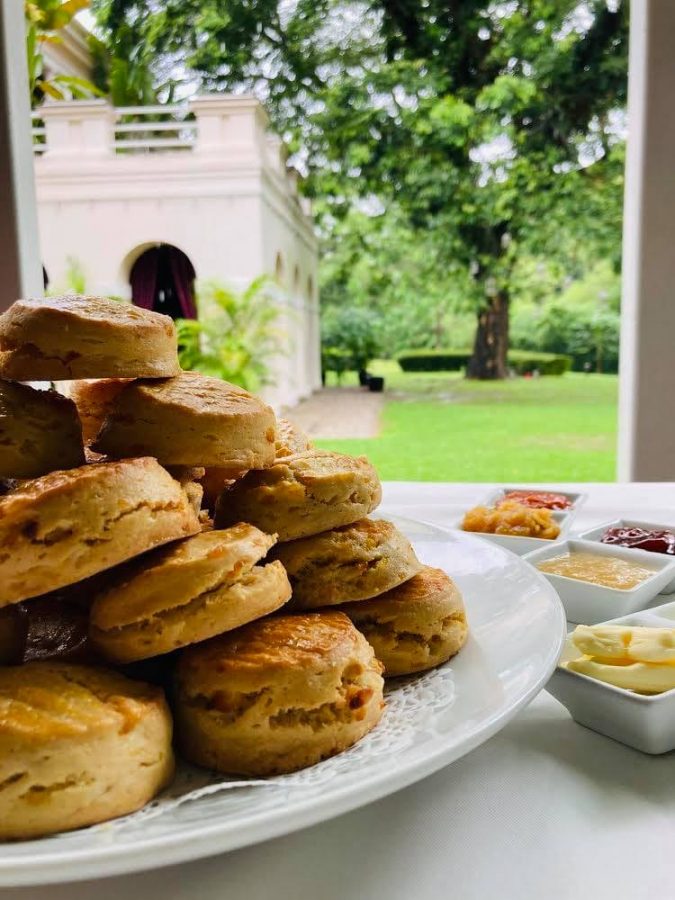
THE BLUE MANSION (CHEONG FATT TZE)
During its glory days, the Blue Mansion was held in the highest of regard, as Cheong Fatt Tze aspired to keep his descendants in a home of unrivalled elegance and grandeur. In the era when everyone was turning their attention to Anglo-Indian designs, he took a different path. The eclectic fusion of Eastern architectural styles and cultural Hakka and Teochew influences are evident throughout the building. Think of chien nien – a Qing Dynasty craft on porcelain designs, Gothic louvred windows, spiral staircases, art nouveau stained glass, and British encaustic floor tiles.
Speaking of Chinese heritage, the entire mansion was constructed with proper Feng Shui as well. This 38-room, 220-window, indigo-coloured mansion was built in the 1880s, but as the decades marched on, fell into disrepair. Fortunately, the mansion was salvaged from decay in the 1990s, with a six-year restoration effort that returned the home to its original glory. Today, staying in the property’s boutique hotel may be the best way to discover the mansion, but there’s also a mansion tour and two restaurants – Café Mangga and Indigo Restaurant – located onsite.
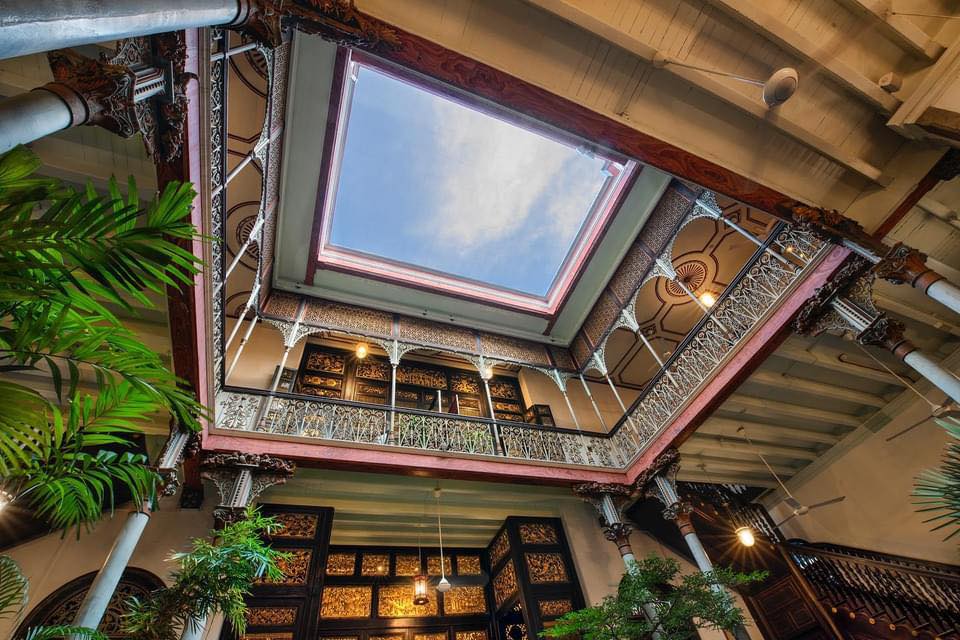
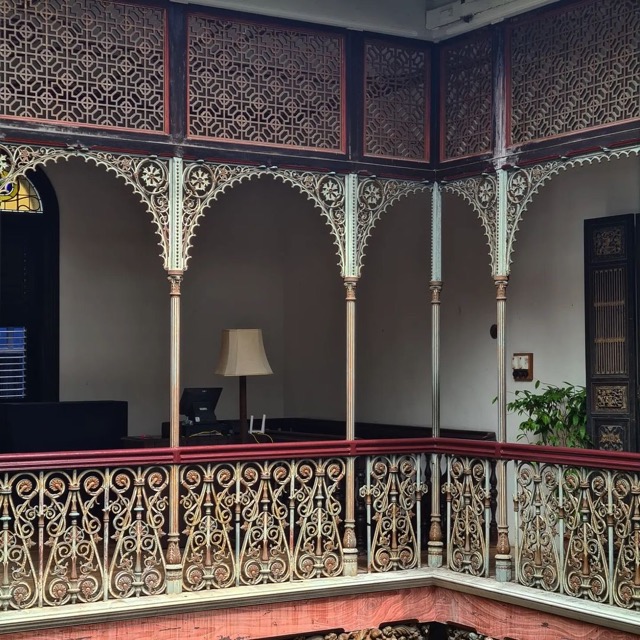
"ExpatGo welcomes and encourages comments, input, and divergent opinions. However, we kindly request that you use suitable language in your comments, and refrain from any sort of personal attack, hate speech, or disparaging rhetoric. Comments not in line with this are subject to removal from the site. "


